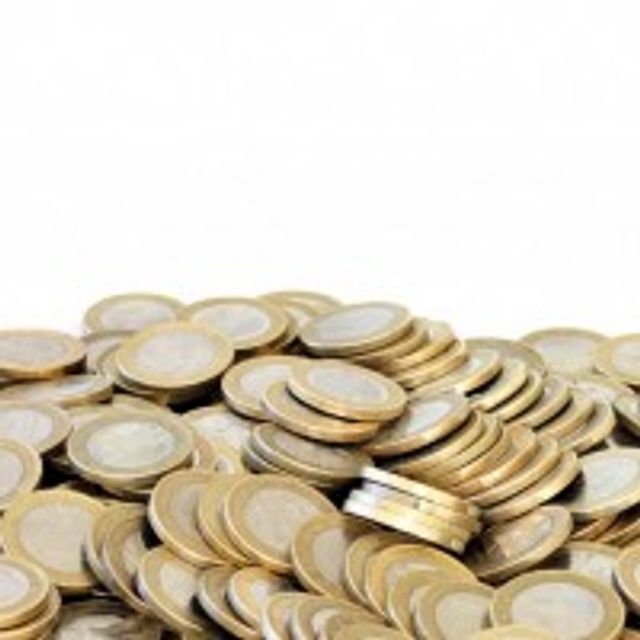
Without a doubt this is the most critical first step when tackling your personal finances.

Without a doubt this is the most critical first step when tackling your personal finances. The result of doing this well can set you up for a comfortable future – doing it poorly or not paying any attention to it can leave you living pay-day to pay-day.
However, at the end of the day we all have choices and most of us find that by stashing away some of those hard earned dollars we can live the lifestyle we’ve always wanted: holidays, new purchases and early retirement. These and many other options will open up if you manage to budget well and accumulate some surplus funds.
Whilst there are hundreds of different ways to tackle this, I’m going to touch on two common and relatively simple solutions to managing your cash flow and making sure you have surplus income to invest for the future.
1. For the truly dedicated
Tracking your spending over a period of time will allow you to find out exactly where your hard earned cash goes, and importantly how much extra you should (but likely don’t seem to) have at the end of each month. There are the usual suspects, tax, mortgage, car costs, food, clothing etc, but you may also be surprised by how much goes on non-essential spending. The best thing about tracking your spending is that it allows you to make ‘informed’ decisions if you are looking to make savings and specifically target areas you have identified as wasteful. Once you know where your money is going you can use it to do up an accurate budget – I know this is a bad word in many peoples’ minds but a budget gives great structure to your finances. An excellent budget planning tool can be found at the Government’s MoneySmart website by clicking here.
2.The automatic saver option
No doubt about it – the above won’t be for everyone, but that shouldn’t stop you from improving your financial situation. A simple method to make sure you are saving is through what I call the automatic saver option, in which you allocate an amount of your income to savings and this is ‘locked away’ before any other spending is done. A good starting point is to try to save 10% of your gross income. Say you earn $60,000 you will attempt to save $6,000 to put towards future use. When you initially start this you may need to adjust the amount you elect to save (up if you’re finding money left over at the end of the month, or down if it’s too restrictive). Once you have an amount of savings that fits your budget try to stick with it. This method can be best explained by looking at the below slides.
Now all you need to do is decide what to do with the surplus which is the reward for your hard work!
What kind of saver are you? Let me know in the comments below.
This article was written by Andrew George. Andrew is an Authorised Representative from the Sage Financial Group. He has over five years experience in the financial services industry and can work one-on-one with you to help you become smarter with your finances. Any feedback directed to Andrew can be sent to life@miningpeople.com.au.
Disclaimer: The views and opinions of authors expressed do not necessarily state or reflect those of Mining People International.